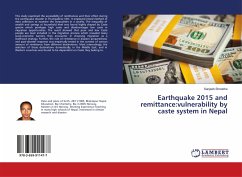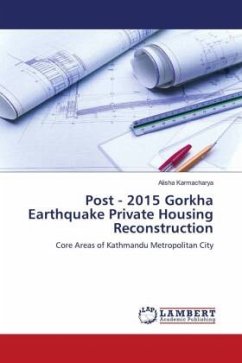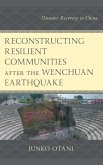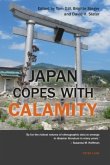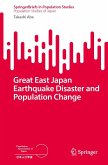This study examined the accessibility of remittances and their effect during the earthquake disaster in Thumpakhar VDC. It employed mixed method of data collection to examine the inequalities in a society. The inequality of wealth and savings at household level was found highly shaped by Caste system which privileges high caste and disadvantages low caste in migration opportunities. The result showed that poor and low Caste people are least included in the migration process which revealed many socio-economic barriers they encounter in choosing migration as a livelihood strategy. Further, the role of remittance in disaster preparedness and post-disaster response was empirically tested in the context of various amount of remittance from different destinations. Most interestingly, the selection of these destinations domestically, in the Middle East, and in Western countries was found to be dependent on Caste they belong to.
Bitte wählen Sie Ihr Anliegen aus.
Rechnungen
Retourenschein anfordern
Bestellstatus
Storno

